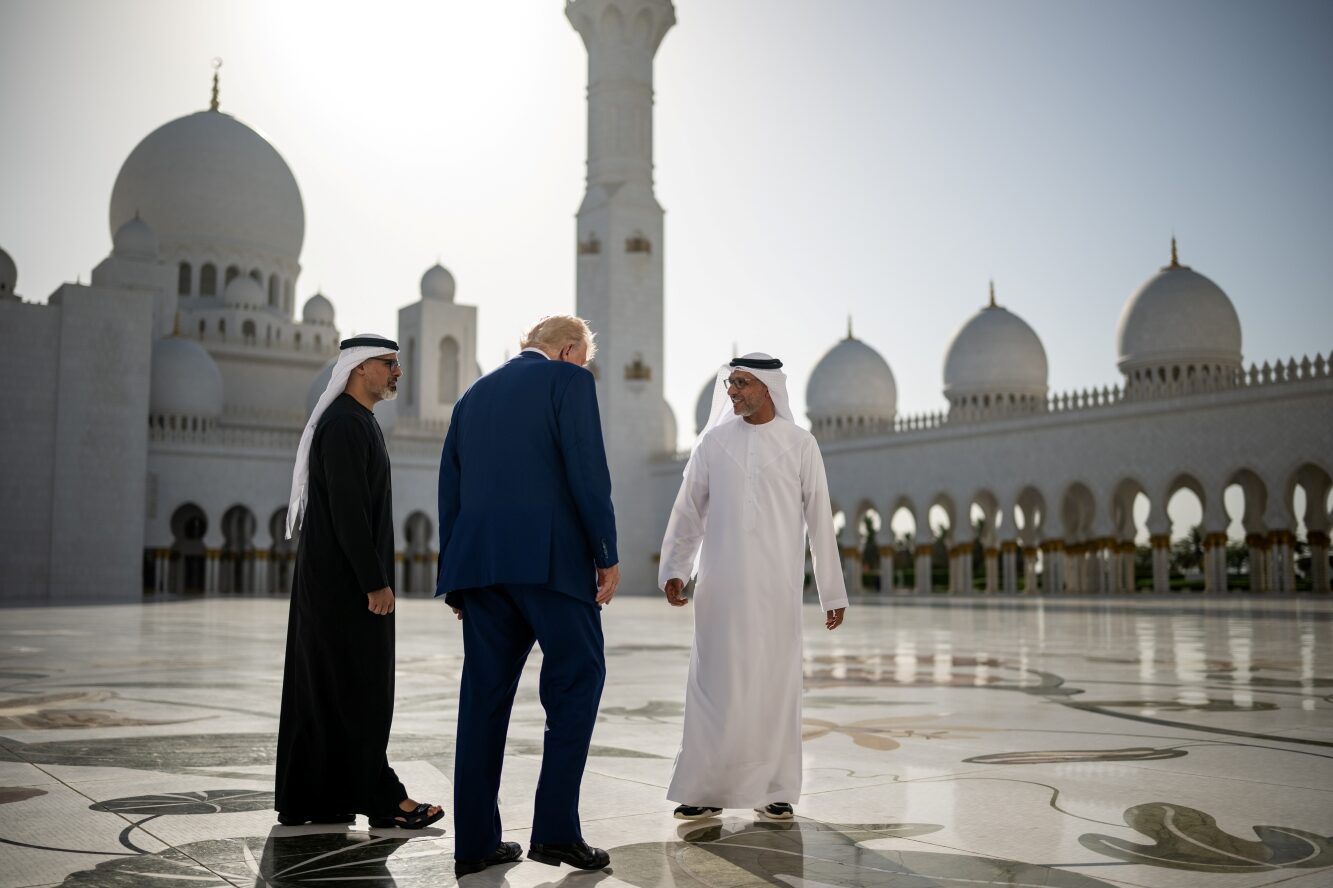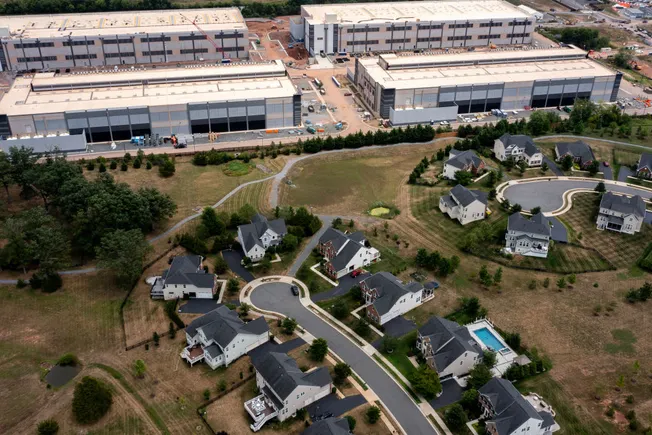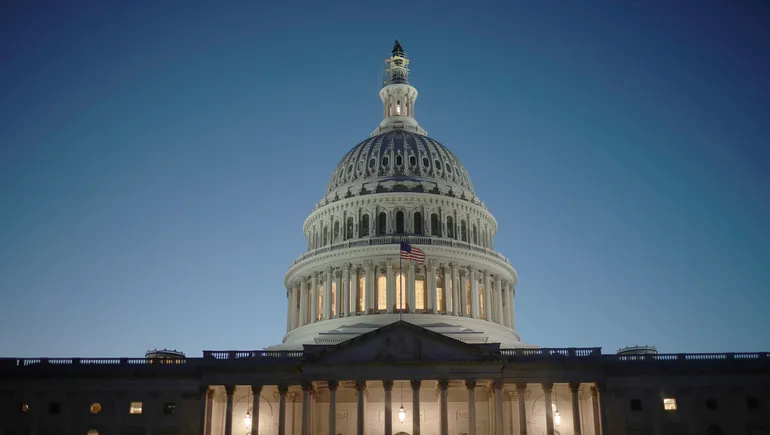Compensation Arrangement Considerations in Light of 2025 Tariffs
As explained in this March 12 Cooley alert, the impact of the Trump administration’s evolving tariff regime will be felt by US companies across the board. Many will encounter rising material costs and reduced profit margins, particularly given the significant pressure on the supply chain. Taken together with the recent stock market volatility, companies (both public […]

Alessandra Murata and Michael Bergmann are Partners at Cooley LLP. This post is based on their Cooley memorandum.
As explained in this March 12 Cooley alert, the impact of the Trump administration’s evolving tariff regime will be felt by US companies across the board. Many will encounter rising material costs and reduced profit margins, particularly given the significant pressure on the supply chain. Taken together with the recent stock market volatility, companies (both public and private) will need to address the impact of these challenges on their business and, importantly, consider the effects on director and executive compensation programs.
In some respects, these compensation issues and considerations seem likely to echo those raised several years ago by the coronavirus pandemic – for example, the frequently changing landscape and lack of precedent – and companies will be well served to remember the lessons learned then. Companies should be thinking about what they can or should be doing to ensure the ongoing effectiveness of their equity incentive and other compensation plans, as they did in 2020 and the years immediately following. Particularly important considerations include the continued appropriateness of specific performance goals, the effect of stock price volatility on equity incentives, the size of available equity plan share reserves (including any automatic equity grants) and the availability of cash versus equity to fuel the company’s compensation programs.




















































































































































